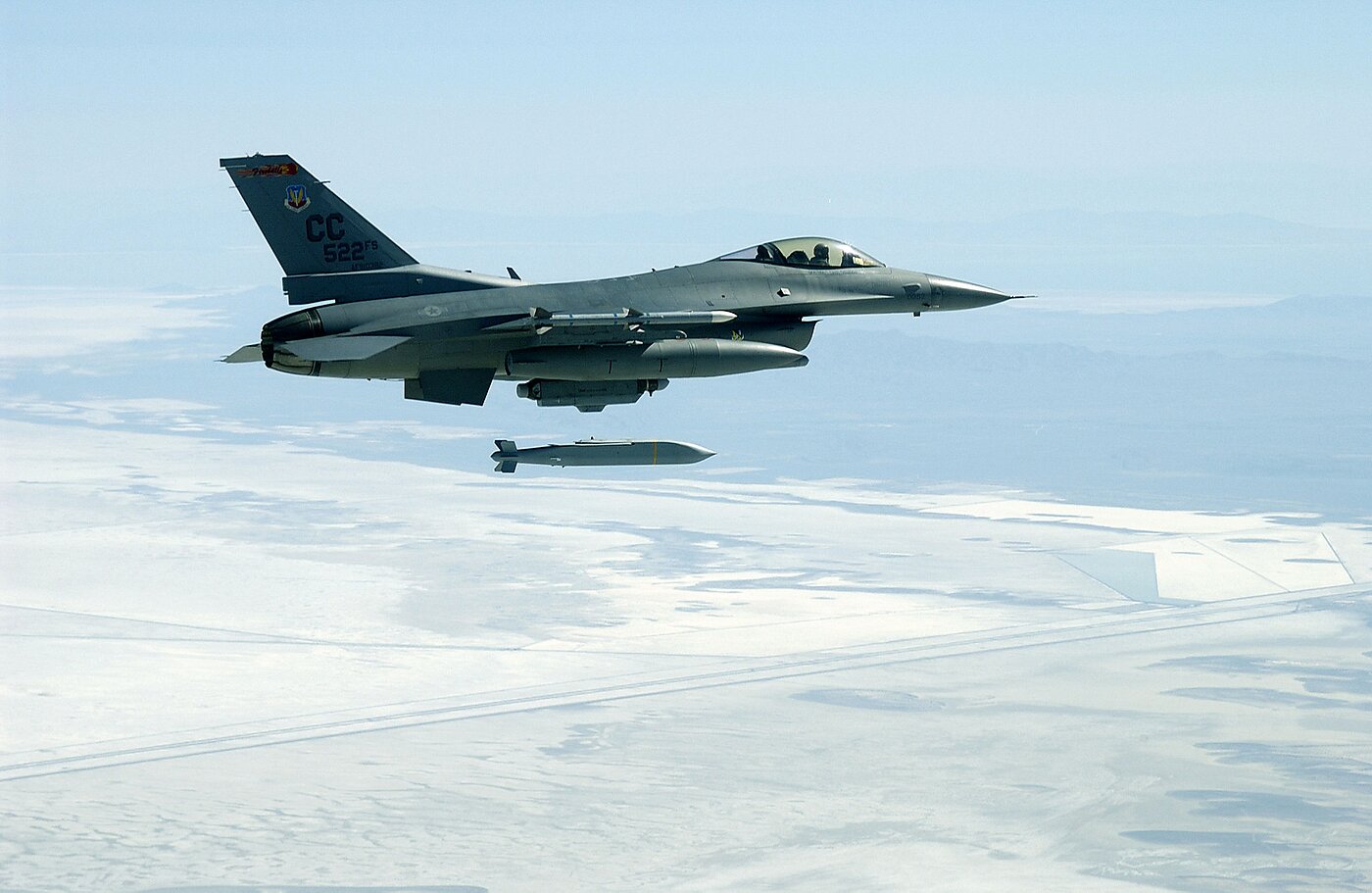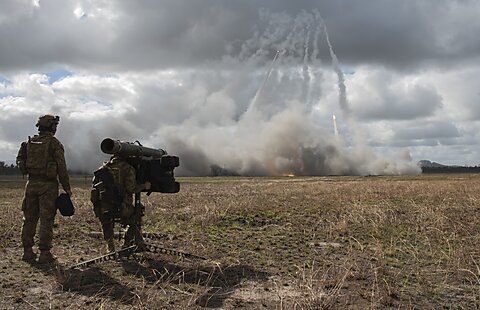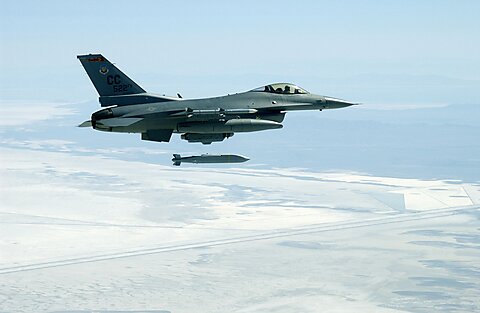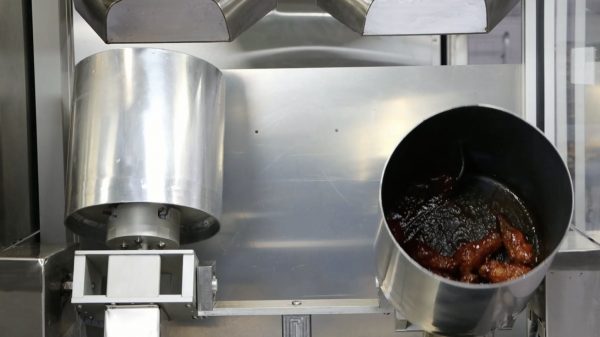Eric Gomez and Benjamin Giltner

The backlog of US weapons sales owed to Taiwan did not change much in February 2024. The Biden administration only announced one new sale—upgrade equipment for a battlefield communication system valued at $75 million—and there were no weapons deliveries reported. This new sale places the overall size of the Taiwan arms backlog at approximately $19.1 billion. See Figure 1 for a breakdown of the backlog by weapon category, Figure 2 for a side‐by‐side comparison of the backlog from January to February, and Table 1 for a detailed list of backlogged capabilities.
However, two news items from February 2024 warrant discussion, each highlighting Taiwan’s egregiously long weapon delivery timelines.
Guided Bombs
On February 2, the Department of Defense announced a contract award to Raytheon to produce 50 AGM-154C Joint Standoff Weapons (JSOWs) for Taiwan. The JSOW is an unpowered, guided bomb that uses onboard wings to glide to its target from long distance after an aircraft releases it.
The contract fulfills an arms sale that the Defense Security Cooperation Agency (DSCA) announced in June 2017, creating a nearly seven‐year gap between announcement of the sale and contract award. The contract announcement also specifies that delivery of the weapons is expected in March 2028. This means that Taiwan will wait almost 11 years between the arms sale announcement and delivery for 50 JSOWs.
For comparison, the DSCA announced a sale of 200 JSOWs to Qatar as part of a November 2016 sale of F‑15 aircraft and munitions, only seven months prior to Taiwan’s sale. The contract award took place on October 4, 2017, and Qatar received their JSOWs in June 2020. For Qatar, it took less than a year to go from sale announcement to contract award, and less than four years between the arms sale announcement and delivery for the 200 JSOWs.
In other words, it took an authoritarian state in a region infamous for drawing the United States into strategically damaging quagmires less than four years to receive 200 JSOWs, while a country facing down Washington’s “pacing threat” will wait 11 years for only 50 units of the same weapon. Unfortunately, the JSOW case is but a small example of a bigger problem; the United States is unable to strategically prioritize and make the best use of finite military resources.
If Congress is serious about speeding up arms deliveries to Taiwan, it should seriously investigate the causes behind the 11‐year gap between JSOW sale‐announcement and delivery.
F‑16 Upgrade
The second item to note for February is the US Air Force’s announcement that it completed a $4.5 billion modernization of Taiwan’s F‑16 aircraft fleet. Taiwan is also acquiring newly built F‑16s under a 2019 arms sale, which is scheduled for completion in 2026. The upgrade program, also known as “Peace Phoenix Rising,” improves Taiwan’s older F‑16s with new engines, radars, and a host of other subsystems.
The DSCA announced the upgrade program in September 2011. However, it took Taiwan seven years from the announcement to receive its first upgraded aircraft (late 2018) and twelve years to receive the final upgraded aircraft (December 2023). We did not include the Peace Phoenix Rising program in the arms backlog dataset because, unlike newly built weapons, Taiwan could use some F‑16s even though other aircraft were out of service to have new equipment installed.
Despite the completion of Peace Phoenix Rising and its lack of impact on the Taiwan backlog dataset, the program’s twelve‐year timeline is nothing to celebrate. Indeed, several members of Congress recently voiced their concerns about delays in the upgrade program and the potential for delays in delivery of the newly built F‑16s that Taiwan has yet to receive.
Several other countries are embarking on similar F‑16 upgrade programs, However, data on their progress is difficult to find. Greece received its first upgraded F‑16 in September 2022, five years after DSCA announced the program, and is scheduled to receive the last of its 84 improved aircraft in 2027. For both first and final delivery, Greece will be two years faster than Taiwan, but its program covers fewer aircraft. DSCA announced an upgrade program for 23 Moroccan F‑16s in 2019, but we could not locate an estimated first or final delivery for those aircraft.
Conclusion
The decade‐plus gap between arms sale announcement and completed delivery for Taiwan’s JSOWs and upgraded F‑16s are particularly glaring examples of the long waits that Taiwan faces for receiving arms sales from the United States. We have previously shown that Taiwan waits longer on average for HIMARS, newly built F‑16s, and Abrams tanks than other recipients.
Correcting these delays and getting weapons into Taiwan’s hands, especially asymmetric capabilities, is essential for improving deterrence and keeping the United States out of a potentially devastating war with China.
























